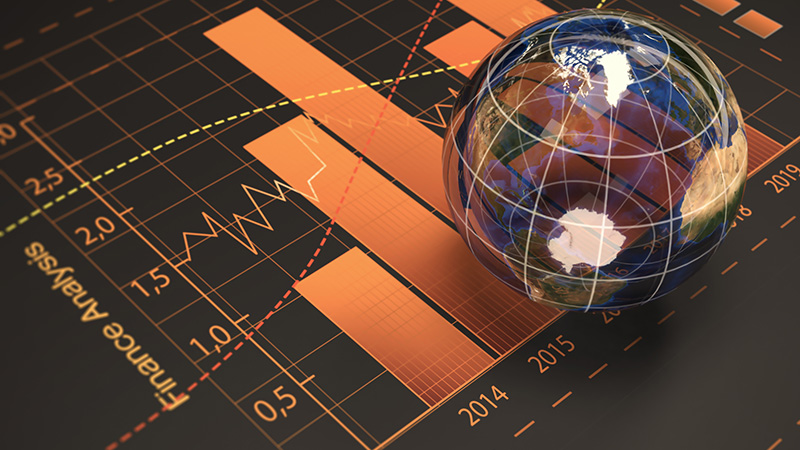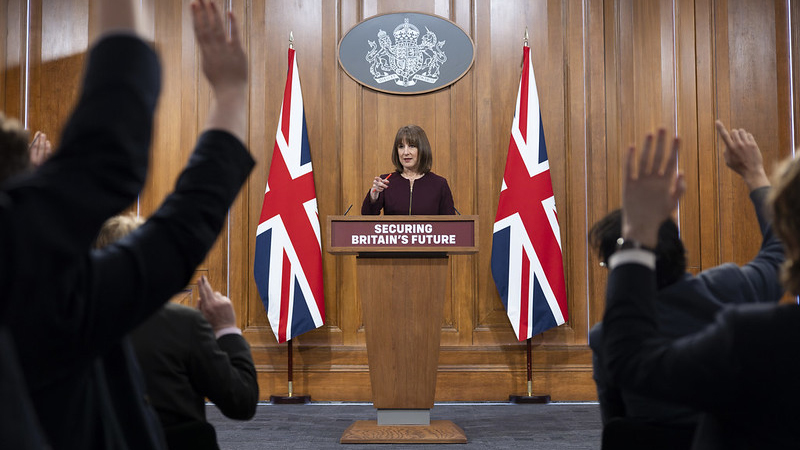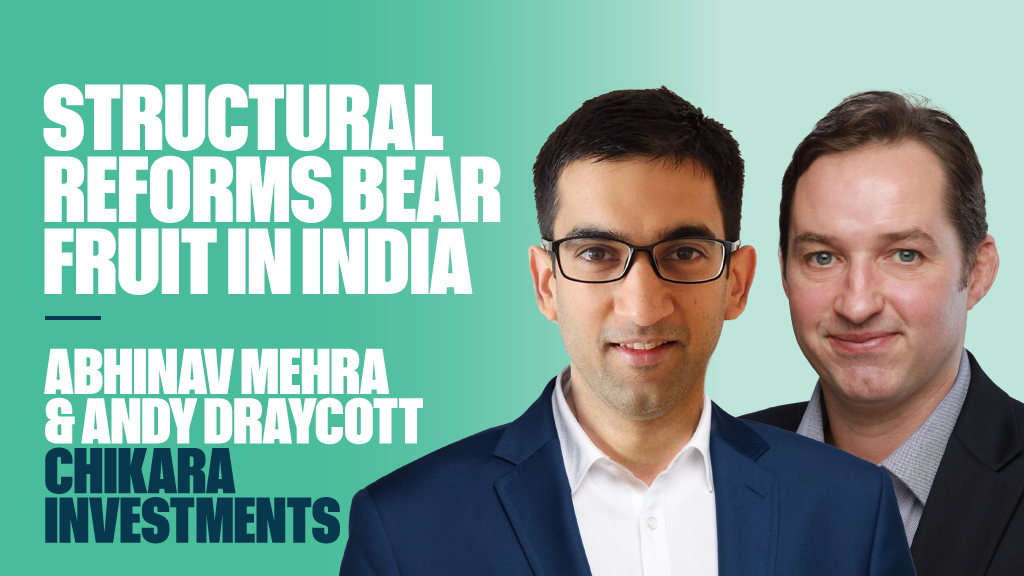The evidence suggests such views are misguided, according to Arnaud.
At its latest rate-setting meeting on 16 March, the Fed triggered a global market rally by keeping interest rates on hold and halving the number of rate rises expected this year from four to two, he noted.
“This policy move caught many market participants by surprise,” Arnaud said. “By doing so, the Fed decided to ignore US core inflation hitting a post-credit crunch high, the unemployment falling through the 5% mark to its lowest level since 2008, and the US economy moving on track to deliver 2% growth in 2016. Many interpreted this move as evidence of the Fed deviating from data dependence as previously guided and capitulating to investors’ addiction to monetary stimulus policies.”
The argument some make is that the Fed attempts to influence the outcome of the election based on which party it believes will be best in terms of its own agenda.
For example, the Republican Party’s priorities include defence spending, an overhaul of the tax regime and changes at the Fed, Arnaud explained. The third of these would explain Fed chair Janet Yellen adopting a policy stance whereby not slowing down the US economy or fuelling Republican critics are the main priorities.
Arnaud said he does not subscribe to this view himself and that the historical data does not provide meaningful evidence of the Fed’s decisions being influenced by a pending presidential election.
There are many instances when the Fed raised rates before or during a US presidential election; 1983, 1988, 1999 and 2004 are all examples.
“The Fed has always been a popular target for politicians no matter what it does,” said Arnaud. “But while a large number of factors can potentially delay rate rises in the coming months, we do not think the November 2016 US presidential election will be one of them.”











